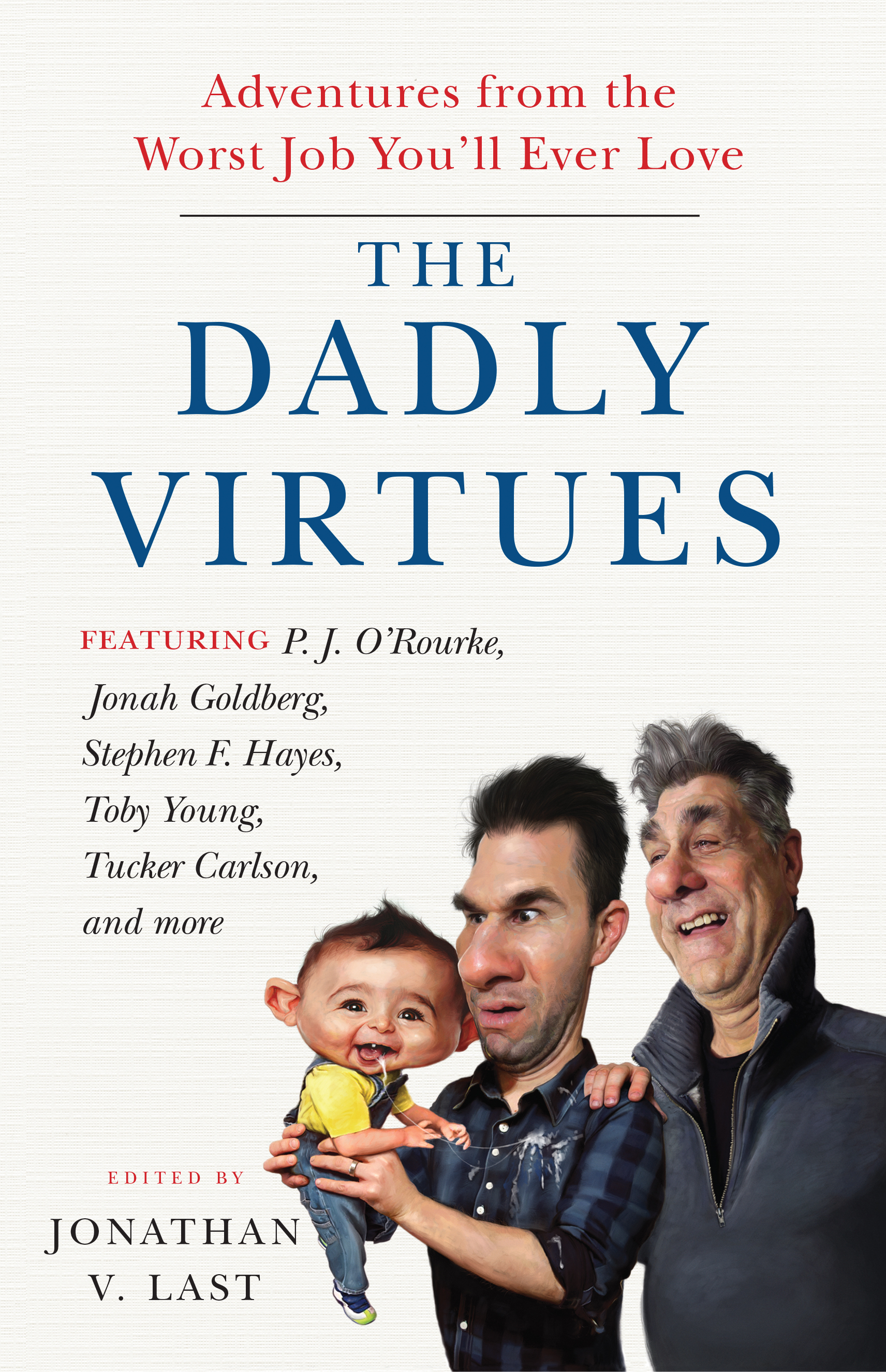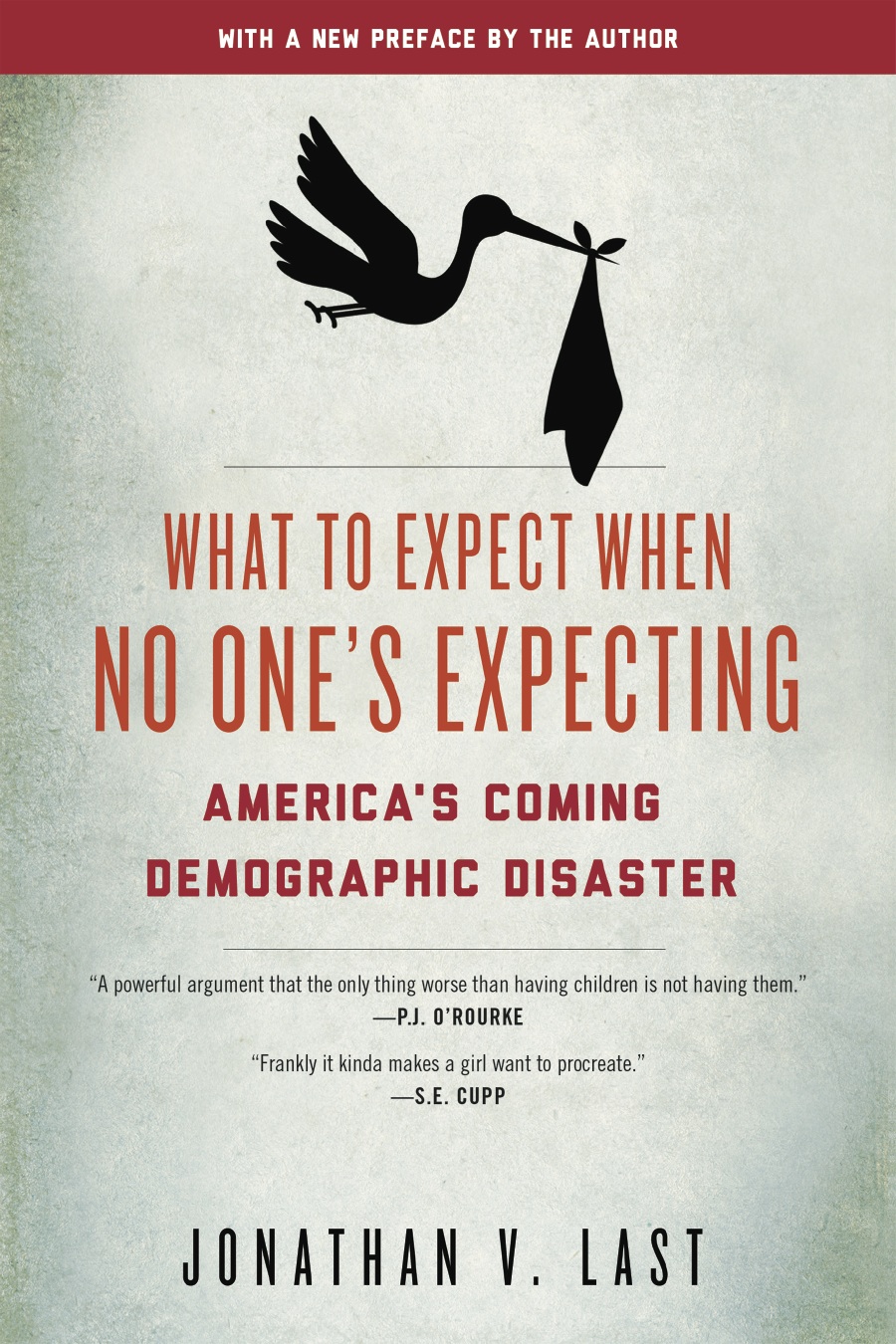January 3rd, 2011
Galley Friend Matt Continetti has an excellent piece looking at the current environment through the lens of the ’30s. This stuff is catnip for me:
Rather than one big crisis that unfurled over time, the 1930s was a series of rolling crises that coincided with and were shaped by one another. There was not only one thunderclap. There were several. There were moments during the Great Depression, for instance, when the economy improved—only to have the floor fall out from underneath it. There were false springs that quickly turned into harsh winters.
I went looking through the sources from December 1931 because I wanted to see if there were parallels between then and now. Why that particular month? Because it was two years into the Great Depression, just as we are two years into the Great Recession. Needless to say, historical analogies are imperfect. No two eras are alike. But it’s nonetheless true that certain themes connect our time with Churchill’s. . . .
There’s lots of awesome, like this:
On December 27, the New York Times reported that Hoover also wanted to “increase the capitalization of the Federal Land Bank System, enlarge the discount facilities of the Federal Reserve System, revise the banking laws to afford greater security to depositors, and increase taxation which he regards as necessary in the existing financial emergency.” The reaction to Hoover’s plan revealed that snark is not unique to postmodernity. “The president says that we must cushion the shock for our credit institutions (with government cush) so that industry can start moving again,” Howard Brubaker quipped in the New Yorker. “He is a great believer in federal aid for the unemployers.”
I won’t spoil the whole thing, but here’s one of the more interesting points:
And yet it would be wrong to overstate the commonalities between the Great Depression and the Great Recession. The differences are just as significant—if not more so. Most important of all is the difference in magnitude. There really is no comparison between the Depression and other modern financial panics. According to the National Bureau of Economic Research, the initial contraction lasted a whopping 43 months, from August 1929 to March 1933. During that time American output fell by close to 30 percent. The Great Recession, by comparison, lasted 18 months from December 2007 to June 2009. During that period U.S. gross domestic product contracted by about 4 percent.
In 1931, moreover, the U.S. unemployment rate was 15.9 percent. It would peak in 1933 at 25 percent. During the Great Recession, unemployment rose to 10.1 percent in October 2009 and stood at 9.8 percent in November 2010. What these percentages don’t convey, however, is the qualitative difference in unemployment then and unemployment now. There were no “automatic stabilizers” in the early 1930s. There was no unemployment insurance or deposit insurance or Social Security or Medicare or welfare or federal home lending. The millions of unemployed could not depend on federal aid. The poverty was real and omnipresent and debilitating. “Many old businesses are going to the wall,” Youngstown lawyer Benjamin Roth wrote in his diary on December 10, 1931, “and many of them lived thru 5 previous panics but never saw anything like this.”
The paradox is that, while Americans in the Depression were worse off than Americans today, they were nonetheless more optimistic. Jodie T. Allen of the Pew Research Center recently looked at public opinion during the Depression years and found that “despite their far higher and longer-lasting record of unemployment, Depression-era Americans remained hopeful for the future.” The Gallup organization began conducting regular surveys in 1935, so we have no polling data showing how people felt in December 1931. But if survey findings from later in the Depression are any indication, the country was filled with cockeyed optimists. Half of Depression-era Americans, Allen writes, expected the economy to improve in the next six months. Close to two-thirds told pollsters that their economic opportunities were at least as good or better than their fathers’.
The sunniness shows up in other sources as well. “Magazines and newspapers are full of articles telling people to buy stocks, real estate etc. at present bargain prices,” Benjamin Roth wrote in his diary on July 30, 1931. “They say that times are sure to get better and that many fortunes have been built this way.” On December 19, 1931, the Times gleefully reported: “A wave of buying enthusiasm swept over the security markets yesterday, producing the broadest recovery in more than two months.”
Read it all.
No comments yet, be the first:






